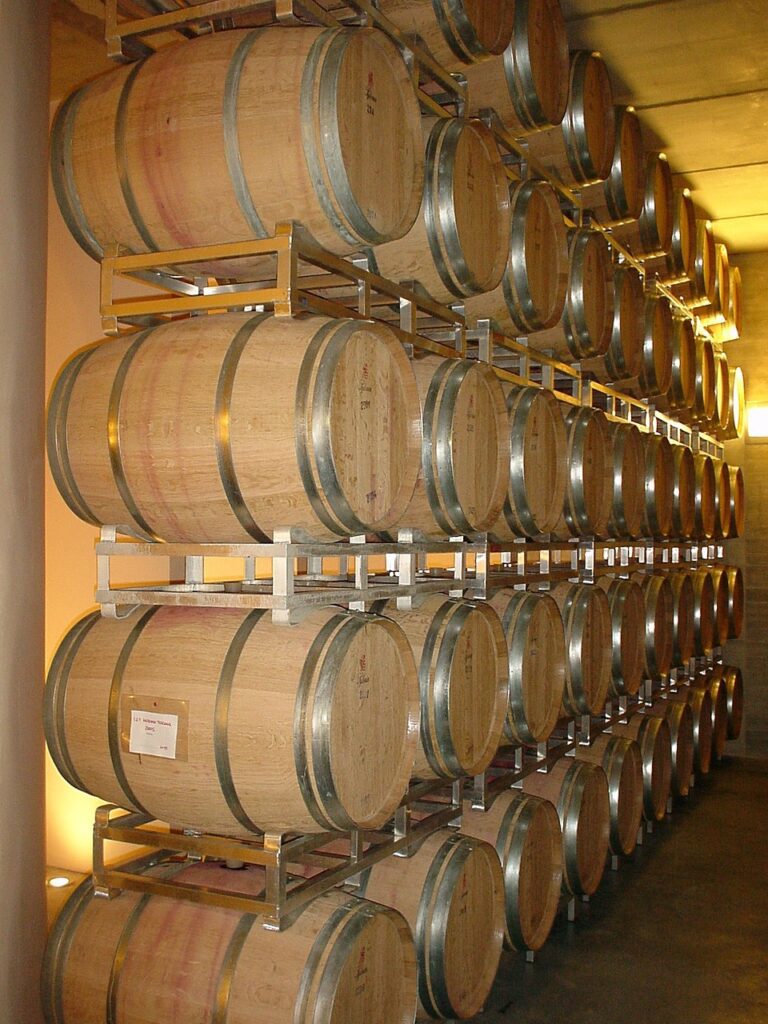VINEYARD AND CELLAR UPDATEAlthough sweet, acid, salt and bitter are the basic taste descriptors, the originality of copy writes has ensured that the back labels of wines sound like landscape, flower or garden descriptions. Many of these descriptions are meaningless or even misleading and actual wine descriptions are not used. The use of “minerality” or “mineral” in wine descriptions became very popular over the recent decade. It has actually become more popular than the well-known “fruitiness” or “fruity”. The question arises whether the interpretation of minerality by wine experts is alike and if so, what is meant by it. It appears that the increase in use may rather be attributed to sociological than practical viticultural or enological reasons. Limited research has been done about the meaning of “minerality” and it is unclear whether the word has a specific meaning for consumers or professional wine personalities. Its meaning is also complicated, because different sensory attributes like flavour, taste and feeling are addressed by it. Some wine writers link it to aromas like gun flint, oysters or iodine: tastes like acid, salt or bitter and a feeling like chalk. Minerality is also sometimes expressed in metaphors like crystalline minerality, mineral purity or mineral tension. It is consequently often used in association with terroir in terms of soil and climate descriptions. A few winemakers and wine writers believe that minerality is the sensory expression of mineral salts present in wine which originate from the soil. This can however not be supported by scientific research. In summary it can be stated that different sources report that minerality is an aroma or palate experience or a combination of both. In 2014, French researchers tried to determine whether wine experts have the same interpretation of minerality. Their aims were to determine whether it was mainly an aroma and palate sensation and secondly how the wine experts define their perception of minerality. Sixteen different Chardonnay wines from Burgundy with vintages that varied from 2007 to 2009 were used for the research. Half of the wines were described as mineral in wine guides or on websites and the rest were not. Two panels were used for the research. One panel consisted of 34 wine experts from Burgundy and the other panel consisted of 33 persons, trained in wine descriptors. |  Wine aroma wheel. |
| [wds id=”406″] |
The words used by the panels to describe their perception of minerality, varied considerably and may create the impression that consensus about minerality does not exist. If the semantic relationship between words is however considered, the majority of the words can be clustered in three groups, as indicated in Table 1.
Statistical grouping of the panels regarding the words used to indicate high minerality in wines, is illustrated in Figure 1.
The panel that typify it as flint, lactic or iodine, also described it as reductive. It corresponds with the words that are the most used by panels and wine writers. The grouping that describe minerality as oak, smoke or spice, also indicated it as reductive. This corresponds partly with other research results. The perception of the grouping that associates minerality with fruity and floral is unexpected and the only possible explanation for it is that they associate minerality with quality and consequently typified such wines as fruity or floral.
In spite of the apparent consensus in the verbal description of minerality, strong disagreement exist between wine experts regarding the minerality intensity and concentration of wines (Ballester et al., 2014).
Reference
Ballester, J., Mihnea, M., Peyron, D. & Valentin, D., 2014. Perceived minerality in wine: A sensory reality. Wine & Viticulture Journal, July/August 2014: 30 – 33.














